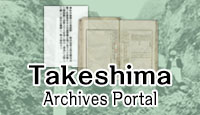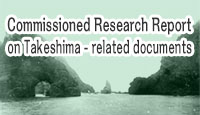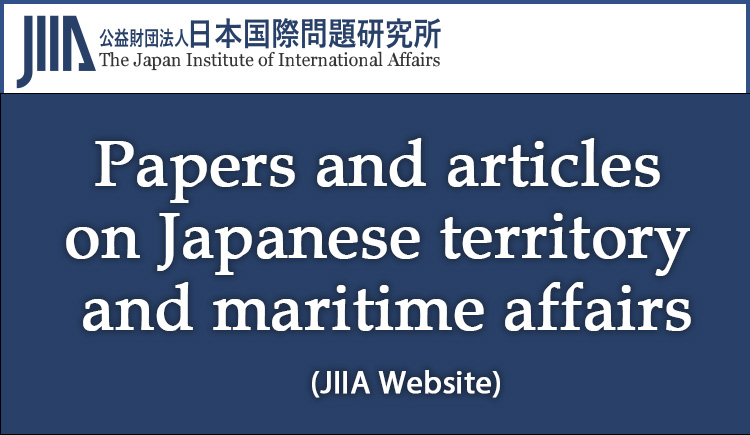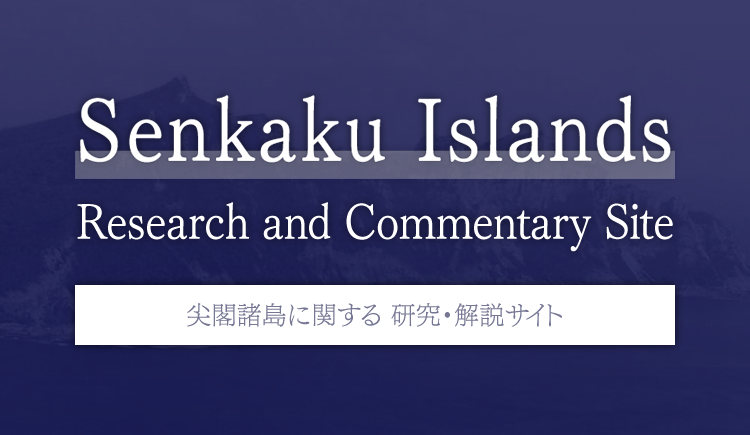The documents and materials published on this website were collected, researched, and prepared with advice from experts, as a part of a Government-commissioned project. The contents of this website do not reflect the views of the Government. Links to external sites (domains other than https://www.cas.go.jp) are not under the management of this site. For linked websites, please check with the organization/group that manages the website for the link in question.
Commentary on themes by historical period
Classification by historical periods II
From around 1905 when Takeshima was incorporated into Shimane Prefecture until the end of WWII (Meiji era to -1945)
The Story of Takeshima’s Incorporation into Shimane Prefecture
Related Info. Part 3: Unfounded Assertions by the Government of the Republic of Korea (ROK)
Play time / 00:05:51 Youtube
Overview
The Story of Takeshima’s Incorporation into Shimane Prefecture
This video features facts behind Takeshima’s incorporation into Shimane Prefecture in 1905; fishing activities operated by fishermen from the Sanin region expanded during the Meiji Era and some of them began hunting sea lions around Takeshima, then, NAKAI Yozaburo, a businessman in the Sanin region, submitted a request to the Japanese government for leasing Takeshima in the sake of protecting sea lions from overhunting, and Nakai’s request eventually led to the Cabinet decision to incorporate Takeshima into Shimane Prefecture in January 1905. This video also features the discussion between central government officials and Nakai in the course of the incorporation of Takeshima.
In addition, this video refers to the assertions made by the Government of the Republic of Korea (ROK) in respect to facts related to Takeshima in the Meiji Era and explains why ROK’s own assertions over Takeshima are groundless.
Part 1: Fishing Operation Around Takeshima
Part 1 starts with a series of historical facts such as the expansion of fishing activities operated by fishermen from the Sanin region encouraged by the fisheries policy of Shimane Prefecture; the emersion of some fishermen embarking upon hunting activities of sea lions at Takeshima in due course; and in 1903 the Nakai Yozaburo dispatched people to Takeshima for hunting sea lions. It also features the subsequent facts resulted in Nakai’s request for leasing Takeshima to the government; during his visit to Takeshima in the following year, Nakai observed the excessive competition in hunting sea lions because many fishermen were simultaneously engaging in hunting activities; he was concerned about overhunting and felt the necessity of its protection. Based on his request, Takeshima was incorporated into Shimane Prefecture. In this Part 1, that is to say, the story of the incorporation of Takeshima into Shimane Prefecture unfolds against the backdrop of the increase in fishing operations by fishermen in the Sanin region.
Part 2: Nakai Yozaburo’s Request to Lease Takeshima
Part 2 details the story on how Nakai’s request for leasing Takeshima, triggered the decision by the Government of Japan to incorporate Takeshima into Shimane Prefecture; as an initial approach, Nakai arranged a visit to the Ministry of Agriculture and Commerce through his own connection; he then visited the Imperial Navy’s Hydrographic Department and the Ministry of Home Affairs; after that, Nakai met with the Director of the Political Affairs Bureau at the Ministry of Foreign Affairs and gained the ministry’s understanding on the matter. Part 2 thereafter provides a historical account of discussions within the government before the Cabinet decision to incorporate Takeshima into Shimane Prefecture was made, including that the Ministry of Home Affairs’ coordination with the Ministry of Foreign Affairs and confirmation of matters with Shimane Prefecture.
Part 3: Unfounded Assertions by the Government of the Republic of Korea (ROK)
Part 3 deals with the ROK’s assertions on “Seokdo”, an island which appeared in the Edict No. 41 of the Korean Empire in 1900. The Korean assertions are groundless because of the following reasons:
1) the ROK has not provided any proof that ‘Seokdo’, the islet that the Government of ROK claims to be Takeshima and be incorporated into Utsu Island County by the Imperial Edict in 1900, refers to Takeshima, and
2) the area of Utsu Island County which was explicitly referred in the request for the issuance of the said Imperial Edict could not cover Takeshima within the area of the County. Furthermore, Part 3 points out that, while ROK asserts that Takeshima was incorporated into Japanese territory for military purpose including installation of a watch power for monitoring Russian navy vessels, such an argument is inconsistent with the relevant facts.
Related Video
Related Info.
Takeshima
Research and Commentary Website
- I Comprehensive issues
- II Commentary on themes by historical period
- III Analysis of claims by other countries








